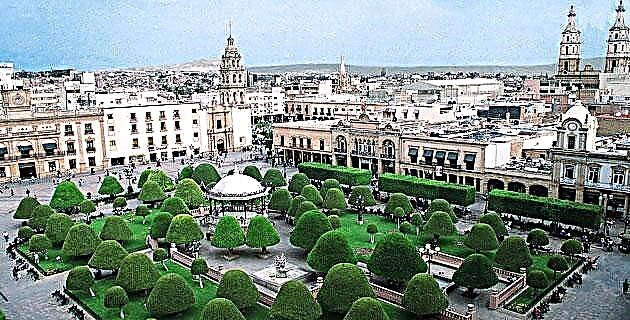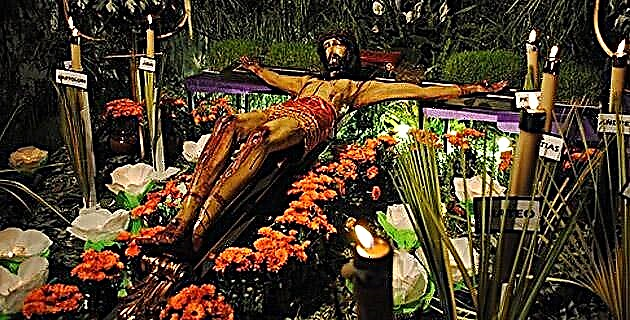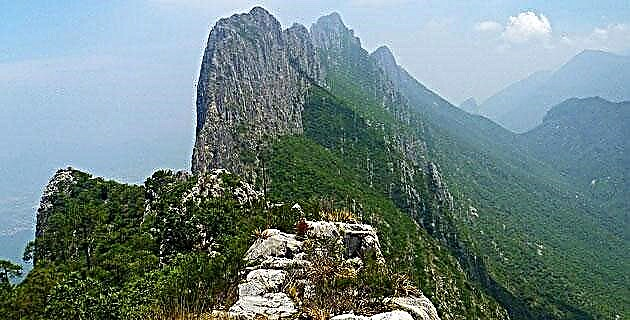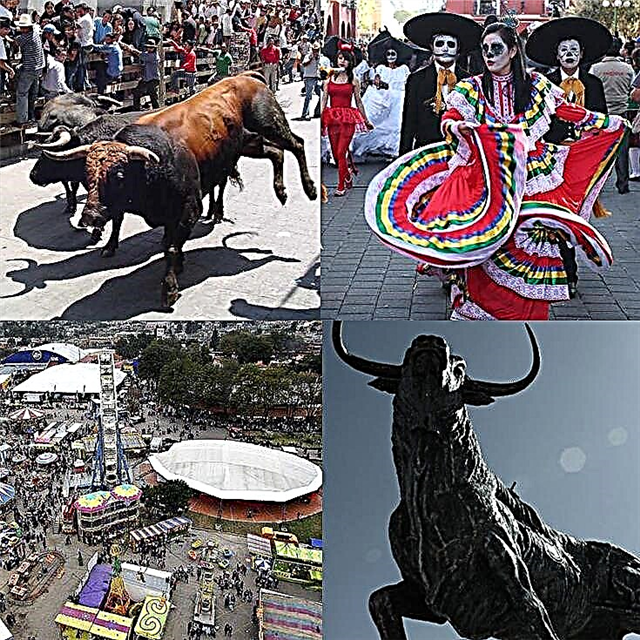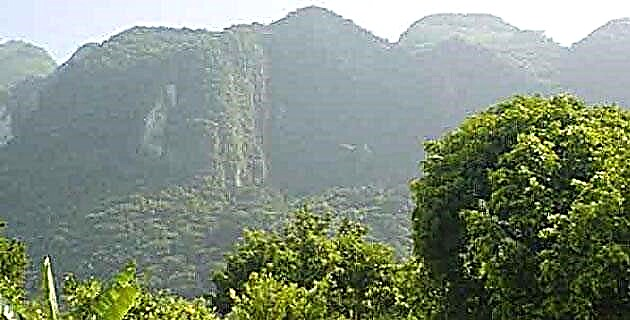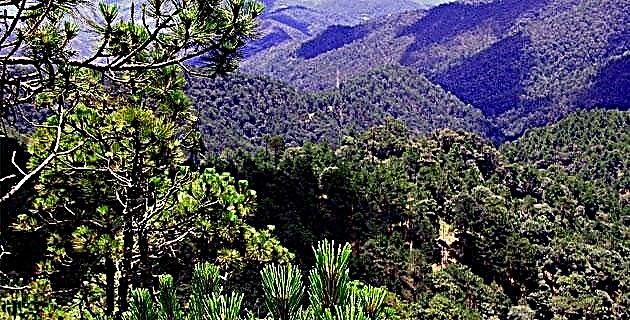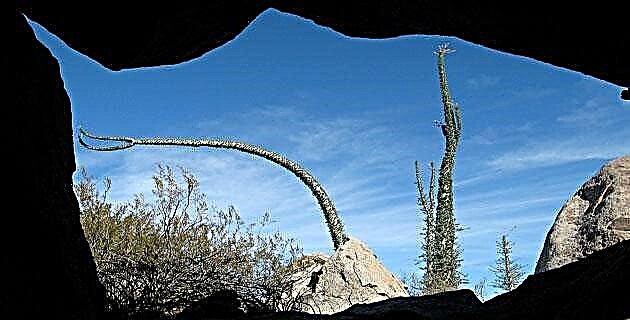
There are idyllic, overwhelming places. To live this experience you need a complete camping equipment, food and a developed ecological awareness.
Life is worth living. He meditated on this as the first rays of dawn lifted the fog that floods the central part of the Baja California peninsula every morning. Lying inside my sleeping bag, outdoors, I watched as the silhouettes of what seemed like ghosts were defining themselves: candles, cardones, pitayas, agaves, garambullos, choyas, yuccas, ocotillos and many other plants with thorns surrounded me.
When I woke up and got up to walk a bit near the camp, I realized that there were not only cacti, there were flowers, many of all kinds. Everything looked splendid and colorful. It seemed like a revolution and it was more than ten years since I had seen anything like it in the entire peninsula. And that I go through it frequently. The thorns became colorful, the dry stones sparkled, the fields were full of yellow, white, violets, orange, red and other colors. Everything was so beautiful! And I was in a small plain, far from the towns, in the middle of a protected natural area called El Valle de los Cirios.
That night I camped on the shore of a small rocky shelter. Most of the sky could be seen from where he was lying. As there was no moon, all the stars were appreciated. They glowed among the silhouettes of the candles and the cardones. In the background the howl of coyotes and the singing of owls lulled me. Like a little touch of magic, every now and then the mysterious wake of some aerolith would appear and disappear. Everything seemed like a poem to me. Certainly the reality far surpasses the most incredible special effects of any movie.
It was not a dream ...
As a protected natural area, the Valle de los Cirios is one of the largest in Mexico, since it has more than 25,000 square kilometers of surface. It is located in Baja California, in the middle of the peninsula, and extends between parallels 28º and 30º. In fact it is larger than some states of the country and some countries in Europe. It occupies a third of the total surface of the state.
One of its advantages is that it has a very low population density, since it only has 2,500 inhabitants, that is, one inhabitant for every 10 square kilometers. And precisely thanks to this fact and the fact that it does not have many roads, which is probably the best preserved natural region in the country.
In all that surface, supposedly desert, one of the most interesting and rich diversities of plants in the world is enclosed, there are almost 700 species where endemism and beauty abound. The same can be said of its fauna, among which the mule deer, bighorn sheep, fox, coyote, puma, bats and other mammals stand out, as well as several hundred species of birds and other organisms such as reptiles, amphibians and insects.
One of the most remarkable aspects of this protected natural area is that it has 600 kilometers of coastline, distributed almost evenly between the Pacific Ocean and the Gulf of California. In other words, the Valley of the Cirios is a peninsular portion with a sea on each side. There are many occasions when I have camped on its shores, almost all of them clean and solitary, with long beaches and strong cliffs. In the Pacific violent and cold seas, with a lot of wind and a dramatic beauty. In the gulf, warm, calm waters of a serene and impressive beauty.
Something more than nature
Another interesting aspect of the Valle de los Cirios is that it is full of historical and archaeological remains. It has a good amount of cave paintings of the "Great Mural" style, the same one from the famous Sierra de San Francisco that is in Baja California Sur, only that the ones from here are unknown but equally wonderful. There is also very abstract rock art, highlighting a site called Montevideo, not far from Bahía de los Ángeles. Other archaeological remains are the so-called "concheros", coastal sites where the indigenous people used to gather to eat seafood, mainly mollusks. Associated with these shells are a large number of stone circles that are up to 10,000 years old. The two most beautiful missions, San Borja and Santa Gertrudis, are here, in addition to other sites belonging to colonial times.
Another interesting aspect is the mining towns, already abandoned, highlighting Pozo Alemán, an authentic ghost town. There are also others such as Calmallí, El Arco and El Mármol. Mining developed in this part from the second half of the 19th century until well into the 20th century. Currently there is no mining, only its ghosts.
The name of this protected natural area is due to the tree called cirio, almost endemic to the region. It is tall and straight, sometimes reaching heights of up to 15 meters. His vision is very characteristic of the entire region and gives it a very special beauty and character. Its scientific name is Fouquieria columnaris, but the ancient Cochimí Indians, ancestral inhabitants of this area, called it milapa.
Natural museum
It is perceived as an extensive museum, among its large rooms there are seas, history, botanical gardens, zoos without cages, geology, so many things that we could visit and know. But like any museum it has its rules, since it is about preserving this treasure.
Golden rules for the visit
In the first place, if you plan to visit this wonderful site, the best thing to do is to notify and ask for permission, and to arrive with an attitude of absolute respect, ensuring that the sites you enter remain the same after your presence. Of course, no type of alteration is allowed, which includes not graffiti, not taking objects, plants, animals, minerals, much less historical or archaeological remains; do not litter, or leave anything that reveals your presence. It is about complying with the golden rules of those who love nature: Do not kill anything but time; take nothing but photographs; leave nothing but footprints; if you find rubbish clean the site and leave it as you would have liked to find it.
Its importance
The Valley of the Cirios was decreed as a natural area in 1980, with the category of Flora and Fauna Protection Area, although only in 2000 it began to operate as such, creating the Directorate of the Valley of the Cirios, which is under its care preservation of the site. The offices are located in Ensenada. Among the work they carry out, the following stand out: protection and surveillance, promotion of sustainable development, research and knowledge, environmental culture, management and technical advice.
Nearby towns
Although the Valle de los Cirios is crossed by the Transpeninsular Highway, it has had little impact on its development, which has been beneficial in terms of conservation. The most important towns in the Valley are Bahía de los Ángeles, Villa Jesús María, Santa Rosalillita, Nuevo Rosarito, Punta Prieta, Cataviñá and Morelos.

